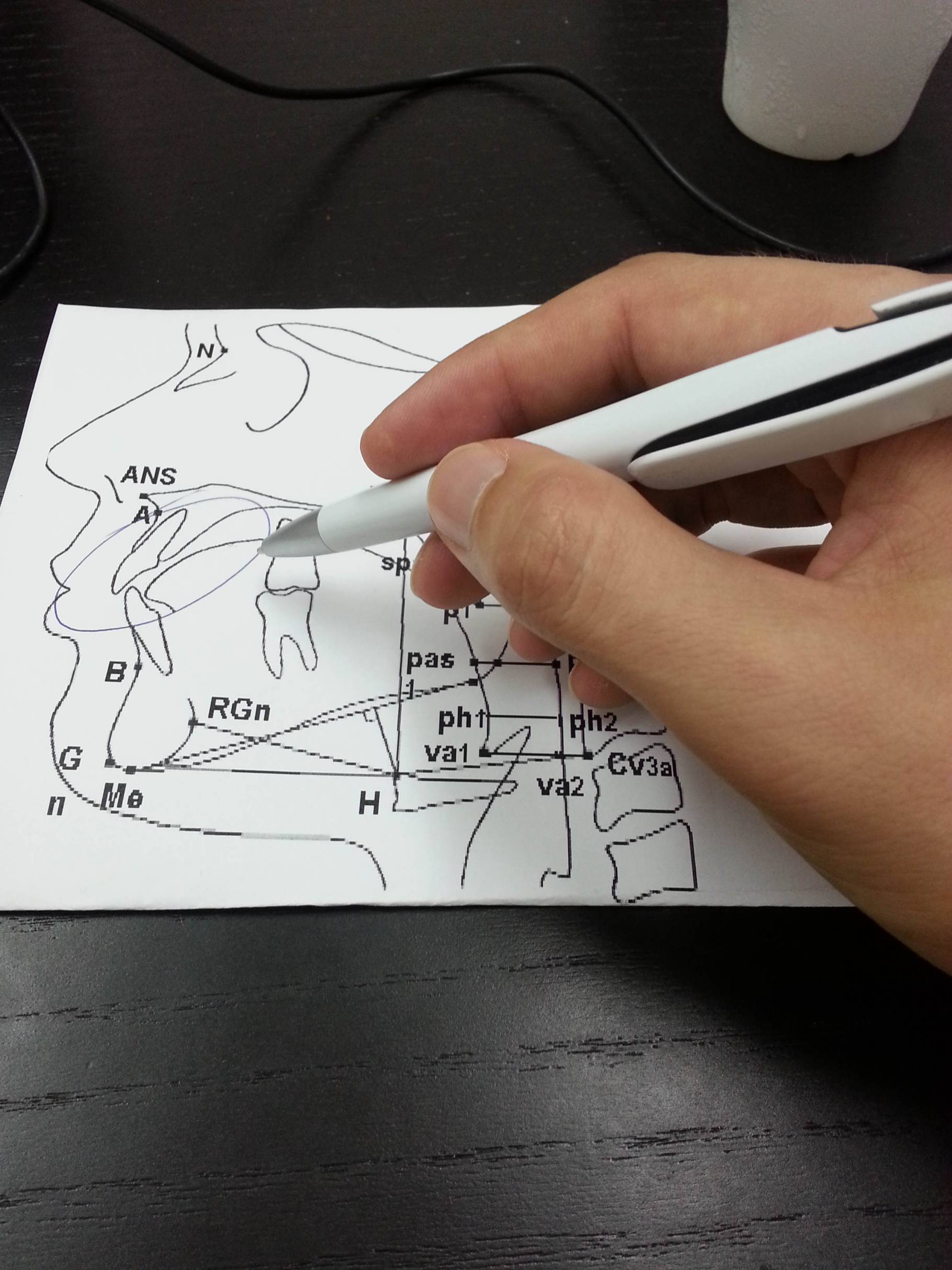How To Run A Successful Dental Practice
Running a successful Dental Practice is just like running a business. You need to lead your business through the fundamental building blocks of organisation, management and marketing while taking into account the primary goal of your practice – your clients and the oral health care.
In order to make sure that your business ( in this case dental practice) is a success you must have clear and definitive goals. At the start your expectations should be clear as well as your own personal and business growth plan.
The truth of the matter is that successful businesses produce revenue; a dental practice does this while providing an incredibly important service to your patients ( everyone needs a dentist). And, like in most service oriented businesses, the more effective help your provide, the more your client base and therefore profits increase.
The way you manage your dental practice will inevitably leave a lasting impression on your patients and therefore maintain and hopefully increase your client base. It is essential that you are organised, are on top of the best practises in your field and make sure your patients feel like they are your primary focus.
MARKETING IS KEY
In order to establish your business as a primary oral health provider, you must identify and market your practice as such. Your niche or specialised product/service has the power to attract more clients and therefore more revenue. You must also be sure to promote these services, both through advertising and to your current customer base. This about making use of unique advertising methods such as newsletters and social media in a bid to engage with patients and in order to build a an awareness of your practice.
DEVELOPING YOUR SERVICE
By expanding your services in the dentistry field you are automatically improving your value and therefore strengthening your competitive position, as well as potentially attracting prospective patients. .
Whatever you are considering in terms of this service – be it venue size growth or an investment in new state of the art technology; you must ensure you maintain a balance and remember that the loyal clients and your sturdy reputation are what will keep your practice successful.
HAVE A VARIETY OF PAYMENT OPTIONS
Having a wide range of payment options available is imperative in terms of running a successful practice.This allows patients to accept treatment recommendations and are able to return for ongoing dental care. In addition to insurance coverage, convenient financial options include debit, credit, personal check and cash, plus special financing to ensure personal financial circumstances don’t interfere with dental health care decisions.
THE PERSONAL TOUCH
In today’s digital age, through a multitude of online platforms, there are a multitude of different opportunities for dentists to contact potential as well as existing clients on an ongoing basis. Cross-channel marketing, which includes a host of digital media platforms, like email, social media and email marketing. Because of this it’s never been easier to show your patients that they are your primary focus.
But word of mouth referrals, even in today’s digital age, are still the best functioning marketing tools. Encourage your clients to spread the word of your business, even have referral cards at your reception. A recommendation is often enough to get new clients into your practice. Its your service that will keep them there.
SKILLED EMPLOYEES
Over and above the marketing tools that are fundamental to a smooth running practice, a pleasant and well informed receptionist who is able to manage the books and scheduling of formal appointments and procedures is a must. From advanced communication and customer service techniques to technical expertise and dental best practices, a quality front desk will give your practice and employees the skills they need to book more appointments and to improve patient satisfaction.
In order to ensure the smooth running of a successful dental practice in advanced oral health care, applications such as Cephx, offer an easy to use, cloud-based system that provides Orthodontists and Dentists with accurate Cephalometric analyses and convenient image storage.
Cephalometric analyses, photos, X-rays and worksheets are made available 24/7, simply and easily from any location and in real-time, using a secure login. This makes the cephX system ideal for multiple practices, home access and optional consultation.






